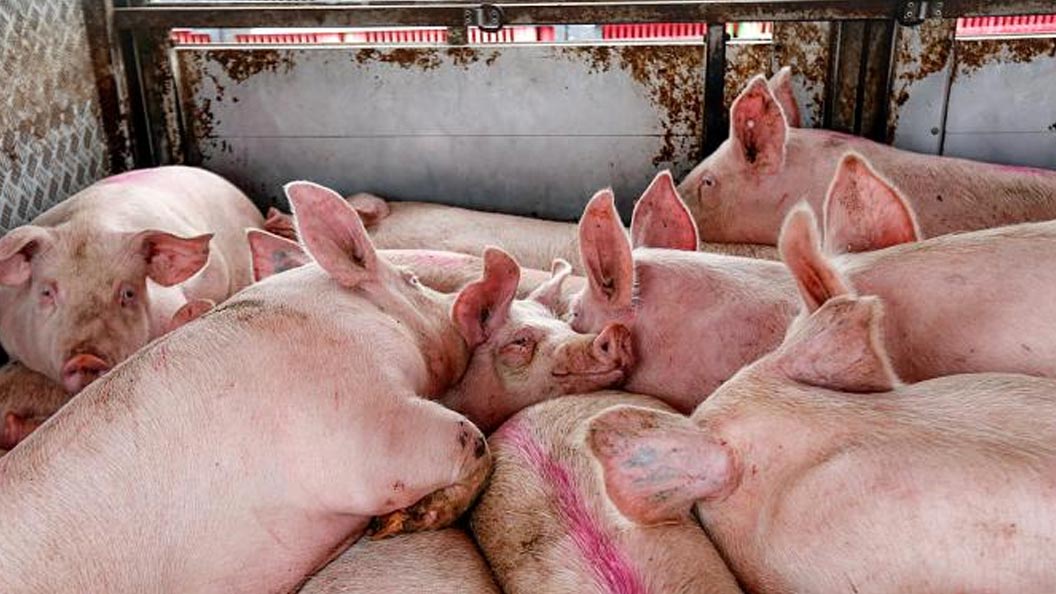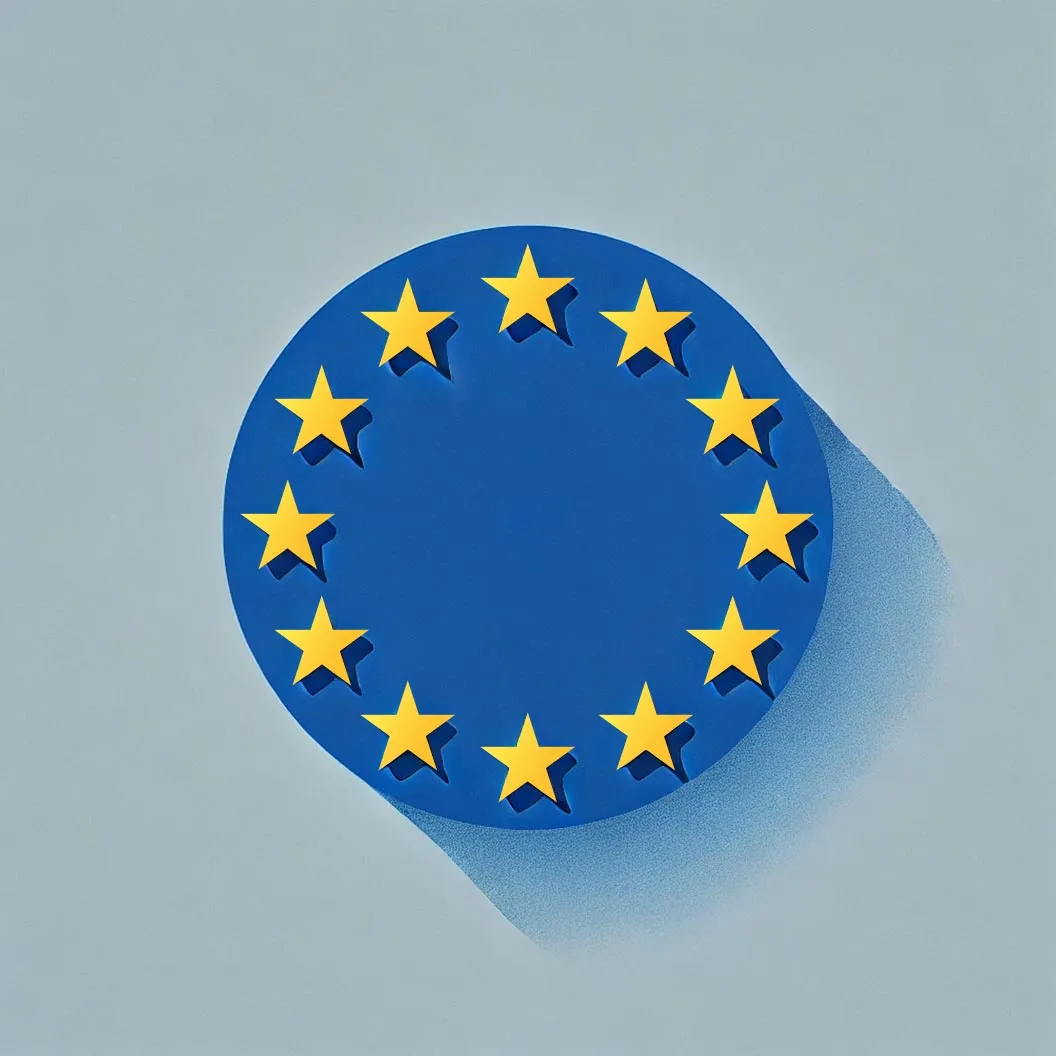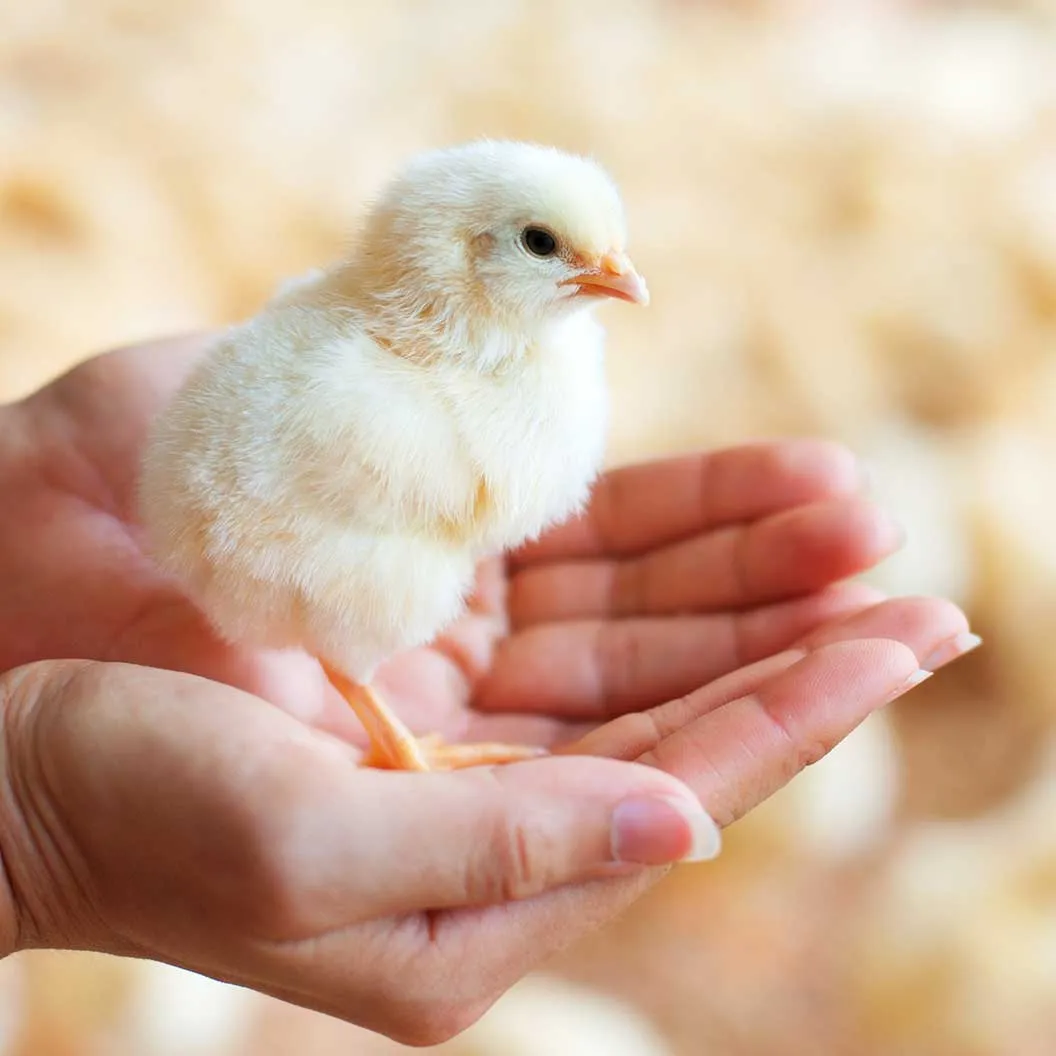The Express M vessel case is the reality of maritime transport of live animals
The Express M vessel, which left thousands of animals stranded at sea for 15 days, highlights the urgency of reformulating the regulations on the maritime transport of live animals and its implications for animal welfare.
10/04/2025

On February 22, 2025, the Express M began its journey from the port of Midia in Romania at around 14:30. What was expected to be a trip of no more than six days quickly turned into a 15-day nightmare for the 3,000 animals—mostly ruminants (calves and sheep)—on board.
With over 3,000 animals on board, the Express M did not reach the port of Haifa in Israel until March 9, 2025, after a 15-day journey, with significant implications for the suffering of the animals. Considering that this trip was supposed to last no more than 5 or 6 days, one can only imagine the conditions these animals endured during this time, lacking food and hygiene. Imagine spending so many days in the sun, without enough fresh bedding made of sawdust, where the animals defecated.
In light of this serious situation, several organizations and NGOs, including the Animal Welfare Observatory, under the framework of Eurogroup for Animals, sent an open letter to the European Commission on March 12. In it, they called on the Commissioner for Health and Food Safety, Olivér Várhelyi, to review what happened in this case and take action. They also urged a priority review of the current regulations on the transport of live animals and the implementation of more rigorous measures to prevent animal suffering in similar cases.
What happened with the Express M reflects the current state of maritime transport of live animals. Therefore, it is necessary for the European Commission to prioritize this issue in reviewing the Transport Regulation to prevent incidents like this from occurring within the European Union.
Every year, millions of live animals are transported by sea with generic and outdated regulations that fall far short of protecting their welfare
In 2022, over 1.5 billion sheep, cattle, birds, and pigs were transported alive within the EU and from the EU to non-European countries; farmed birds accounted for 97% of total live animal exports, making them the most traded species.

Official bodies, such as the European Food Safety Authority and the European Court of Auditors, have also provided numerous pieces of evidence confirming that the existing EU rules on the Transport of Live Animals are not working. Some of the issues currently found in the legislation include:
- Inadequate limitations on travel times, which even causes ships to be delayed for long periods at borders, leaving animals stranded for more days than expected, in high temperatures, and without the necessary basic care.
- The transport of 'unfit' animals is permitted, including those in advanced stages of pregnancy, injured, and also young animals.
- The export of animals to third countries continues, where they are not protected by EU animal welfare laws.
- There are no specific welfare conditions by species for transported animals.
Particular attention should be paid to the transport of the most vulnerable animals, such as rabbits or farm birds (chickens, hens, etc.), which are currently governed by the same regulations as other species instead of having their own. The general standards are not applicable to them and make them even more vulnerable.
In conclusion, the case of the Express M should make us reflect and push for a review of the regulations and prohibition of the transport of live animals in the EU, establishing stricter rules and promoting alternatives that ensure animal welfare.
For this reason, Blanca Ponce, manager of institutional relations at AWO, calls on the European Parliament to “update the regulation on the transport of live animals, incorporating the latest scientific advances in the field, and above all, to promote the transport of meat, carcasses, and by-products through a Commission Action Plan that facilitates this adaptation for the sector.”





